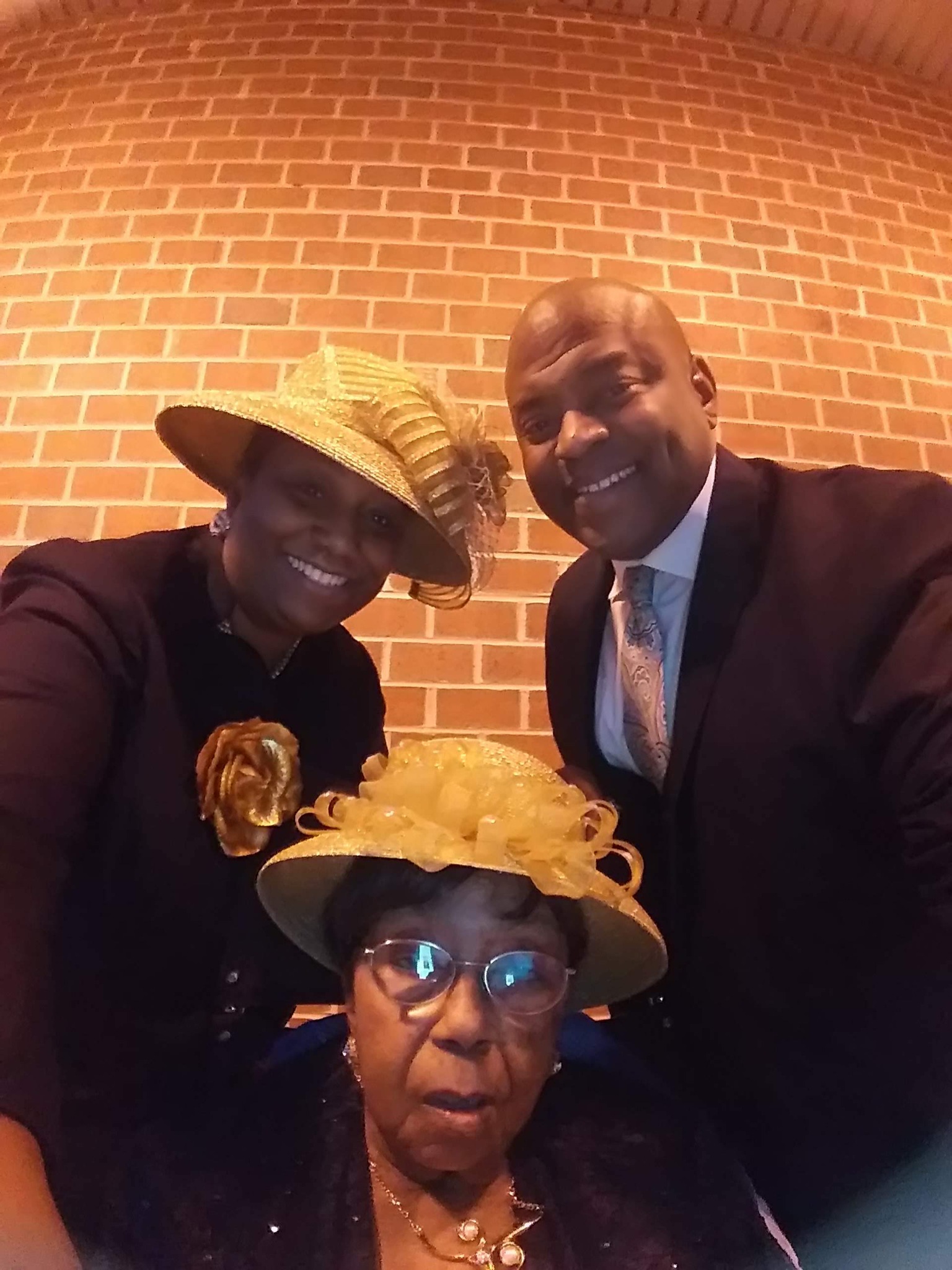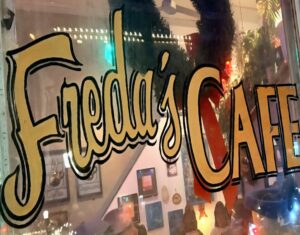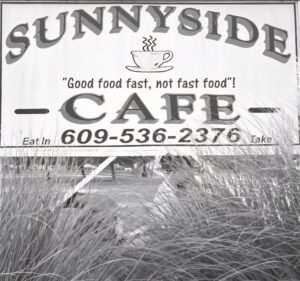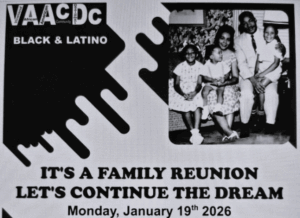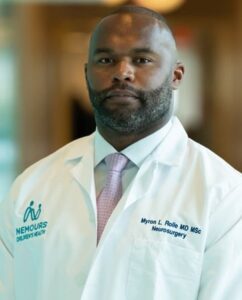Documentary Saves Black History in Stone Harbor
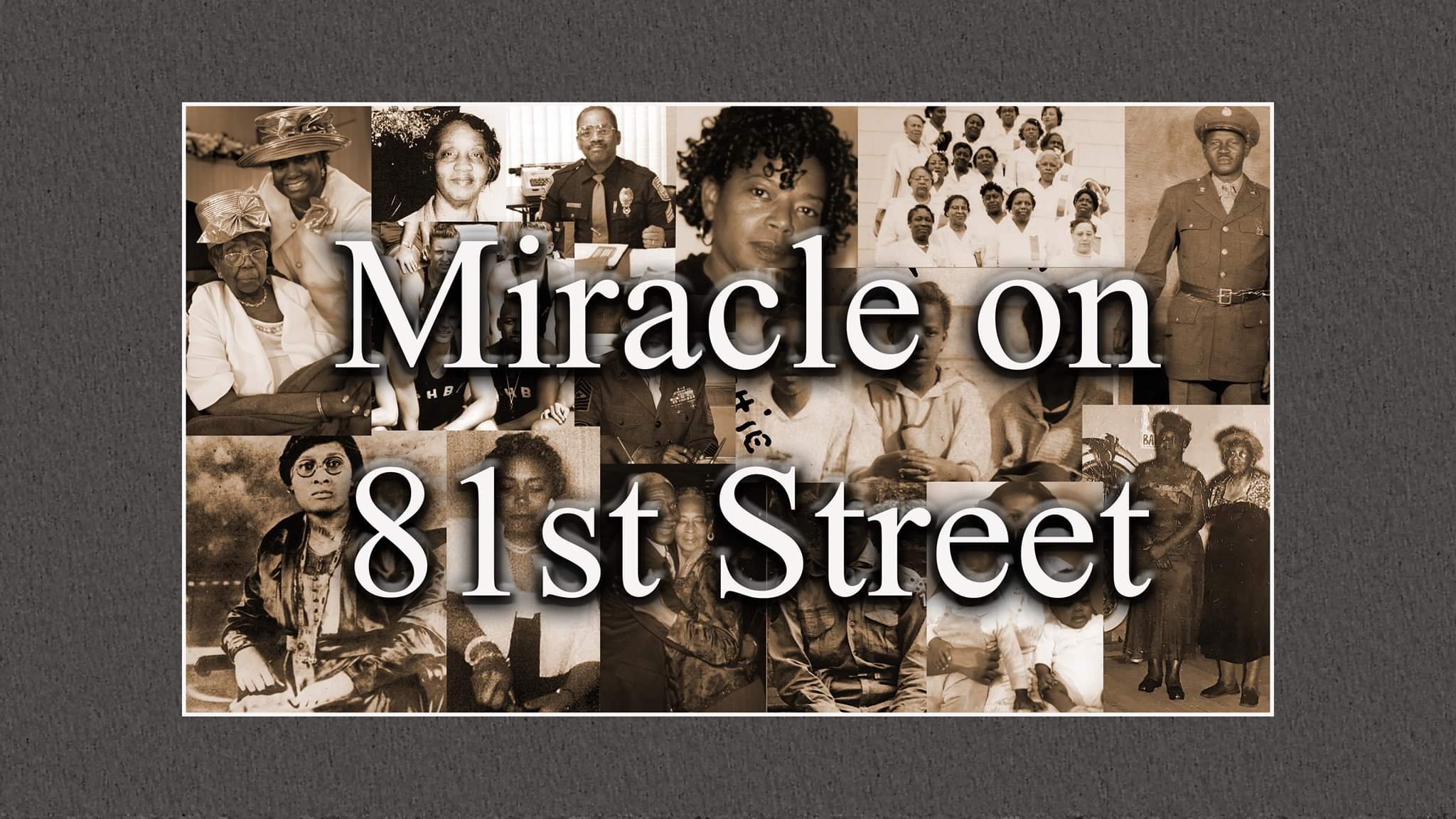
BY ADIANNA ALSTON | AC JosepH Media
STONE HARBOR — Angela Rodriquez Moore may have grown up in Cape May Court House, however Stone Harbor holds a special place in her heart as she spent many exciting summers there in her youth.
Moore’s connection to Stone Harbor can be attributed to her mother, who grew up in Stone Harbor, as well as her grandparents who relocated there from Virginia.
Moore, in conjunction with Jim Talone and Anthony Anderson, created the documentary “Miracle on 81st Street,” which explores the forgotten history of the small, yet lively African American community that lived in Stone Harbor.
Moore shares what led up to the creation of this documentary.
“I met Jim Talone — he was part of the Stone Harbor Museum — and I told him about my grandparents and living on 81st Street and how people weren’t aware that it was a street where African Americans lived in Stone Harbor,” Moore told Front Runner New Jersey.
“The fact that the people have moved away and the realization that there were African Americans that lived there” was Moore’s inspiration behind the documentary.
Moore describes some of the racial tensions which took place in Stone Harbor, reflecting on the personal experiences of both herself and her mother.
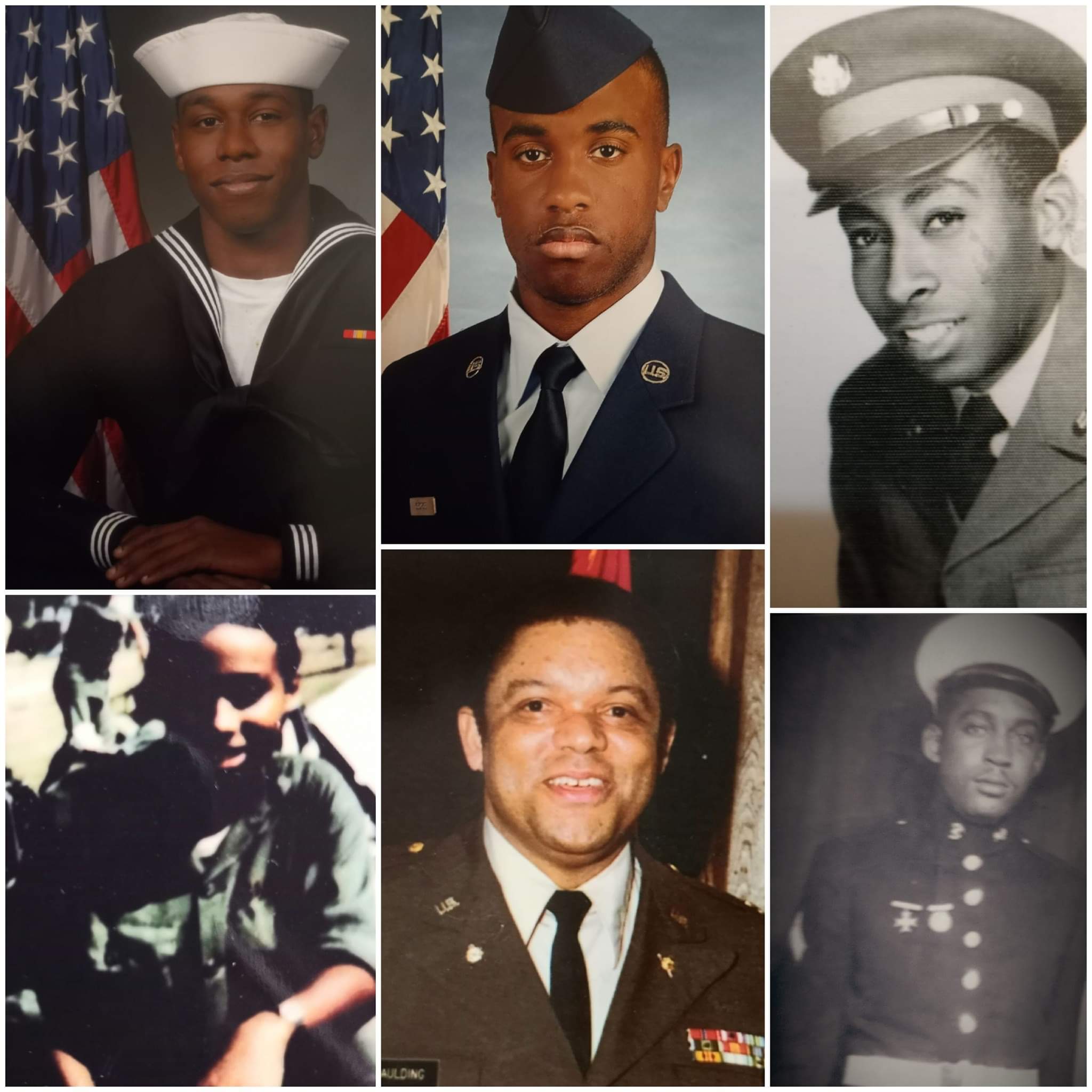
“Racism, unfortunately, was everywhere. Segregation was everywhere — it just wasn’t as defined [in Stone Harbor],” Moore said. “Down South you’d have the drinking [signs]. You didn’t have that in New Jersey where the drinking fountains were labeled.
“You just knew that you drank from whatever water fountain or you sat in the back of the movie theater. If you were swimming, you swam on 81st street. You weren’t allowed to swim on any other parts of the beach in Stone Harbor.”
Despite the racial challenges they faced, the residents of 81st Street were still able to come together and thrive as a community. One catalyst which significantly contributed to this was their church, the United African Methodist Episcopal Church.
“The church brought us together on Sundays and afterwards you would have dinner at someone’s house,” Moore said. “Once a year in August, they had an arts and crafts festival. The church would sell coffee, donuts, hot dogs and soda, and that was a way to make money. People would come from New York and different places, selling jewelry and art and things.”

Moore said her child memories in the area were rich with the activities one would expect from the location along the Jersey Shore.
“I used to ride my bike all over — going to the ice cream parlor, playing miniature golf, going to the movies. It was like something out of a movie. We’d meet up, play tennis, basketball, and just hang out.”
The documentary was shown at the Stone Harbor Museum in addition to the Harbor Square Theater in October and November of last year. The viewings of the documentary, which were free of cost, garnered a good turnout.
“We had a lot of people at the theater,” Moore said. “We just did donations and people gave whatever, from a dollar to fifty dollars. It was crazy.”
When asked what she hopes people will take away from the documentary, Moore said, “That family is important, to know your history, know where you come from, and don’t forget where you come from.”
Moore said she not only wants more people to see the documentary but to create a book based on it as well. She said a DVD of the documentary will be shown at the annual Whitesboro reunion in September.
Moore said she hopes to get the documentary shown at museums in Cape May, Ocean City, and Atlantic City. She added that she looks forward to the Miracle documentary and others like it to have a lasting impact on the story of Black people in New Jersey and the wider community.
“Hopefully it will have a great impact,” Moore said. “We’re finding out more and more about our history which is important. We need to fight for what’s ours and not let things disappear because once you do that, once you’re gone, if it’s not documented, you don’t have that story. We need to be able to tell our story. We have to tell it, no one’s going to tell it for us.”
Follow Us Today On:
Subscribe to FRNJ EXTRA premium content newsletter for exclusive information on this event and other premium content, courtesy of Front Runner New Jersey!
Note from AC JosepH Media: If you like this story and others posted on Front Runner New Jersey.com, lend us a hand so we can keep producing articles like these for New Jersey and the world to see. Click on SUPPORT FRNJ and make a contribution that will do directly in making more stories like this available. Thank you for reading!
